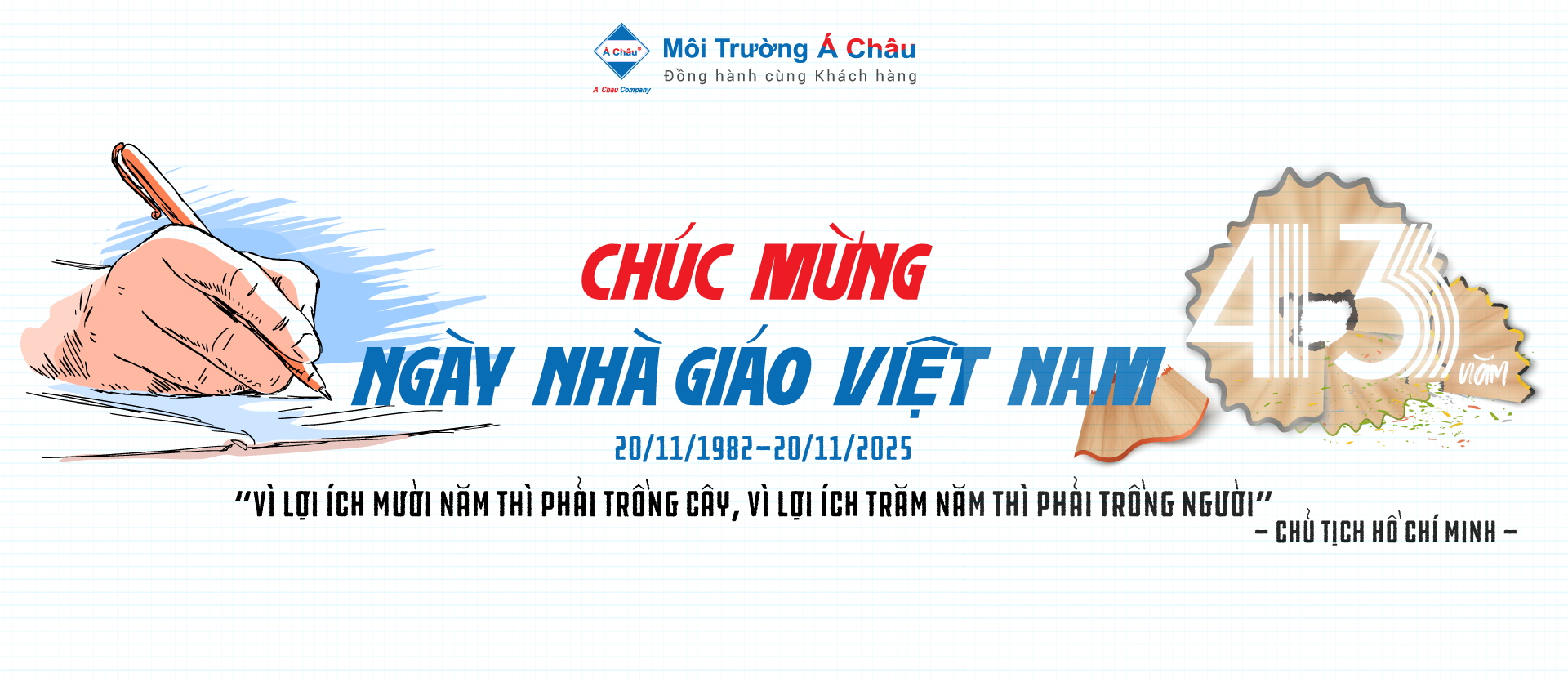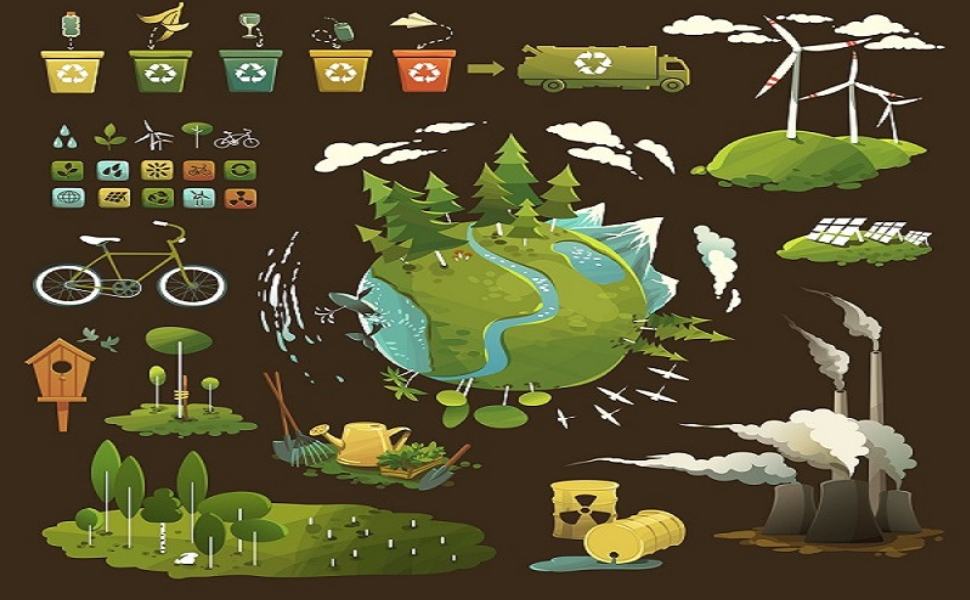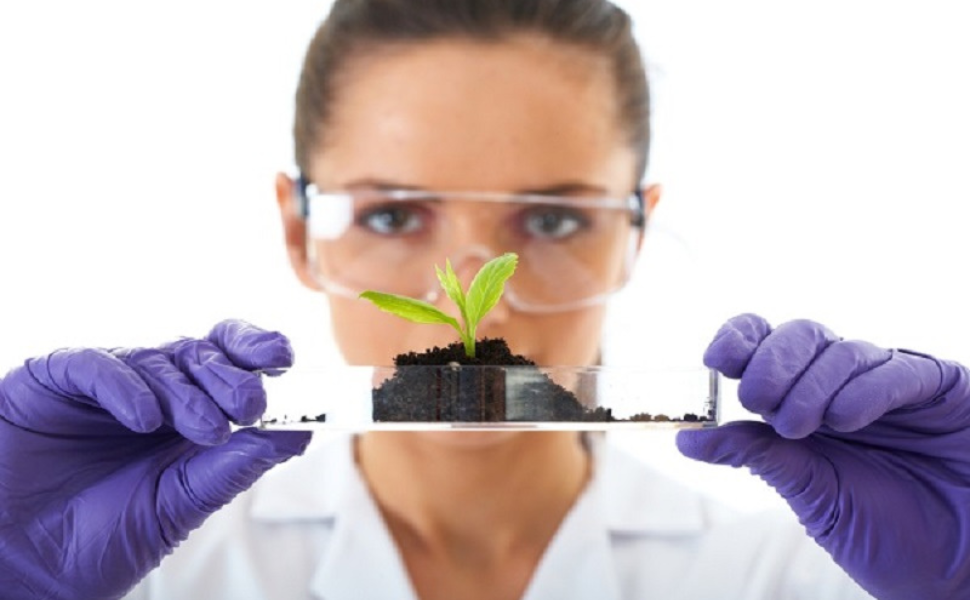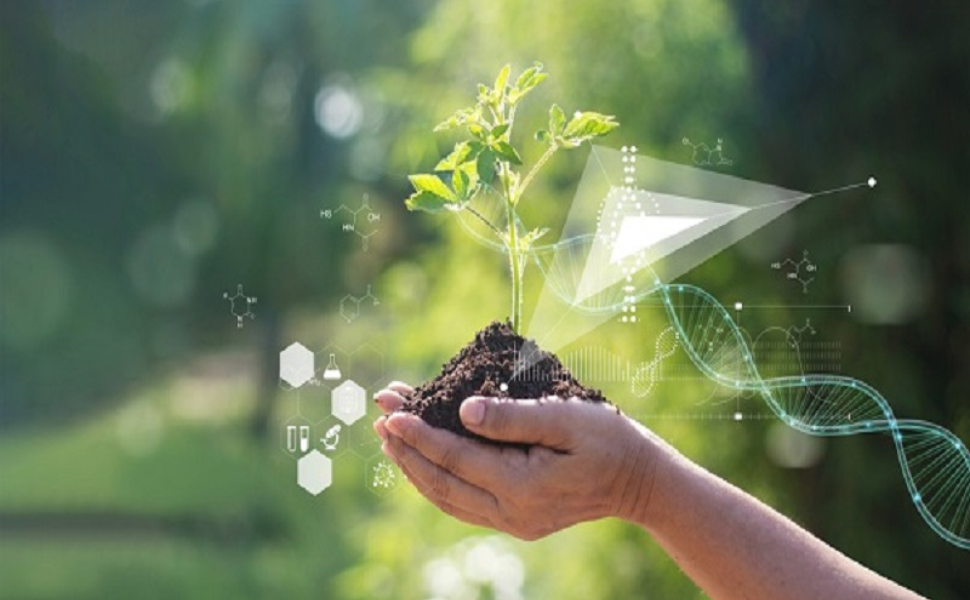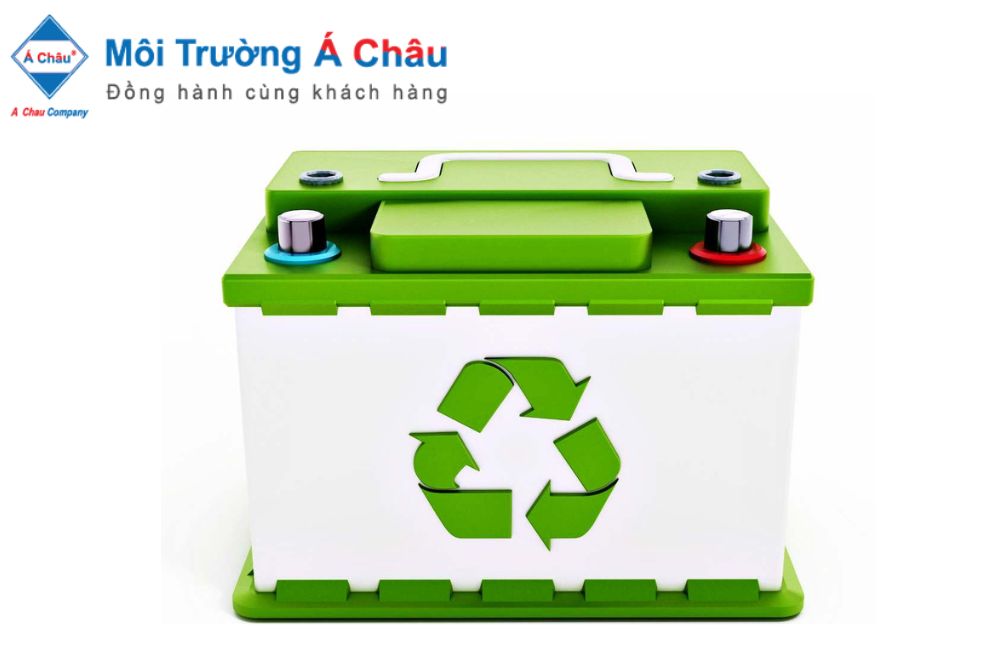By 2030: Achieving Resource and Environmental Sustainability Goals
By 2030, the sustainable development goals of resource, environment, and response to climate change. Among them, the percentage of severe environmental pollution facilities treated reached 100%; the rate of hazardous waste destroyed and treated was 98%,...
That duty is outlined in the 10-year Economic and Social Development Strategy (2021-2030), which:
Strictly manage and increase resource utilization efficiency, particularly soil, water, and minerals, by market principles. Accelerate the completion of legal structures, methods, and regulations to promote market synchronization and transparency, allowing resources to be capitalized, correctly distributed, and used efficiently. Developing markets, encouraging the commercialization of land use rights, enhancing land use registration, and using market pricing to promote transparency. Providing water security and safety for ponds, as well as preventing the deterioration of water resources; improving water supply, control, management, exploitation, and effective use of water for economic and social development and human life. Increase collaboration with source nations and international organizations to safeguard and efficiently use water resources in the Mekong and Hong River basins. We aspire for the same resource efficiency, reuse, and trash recycling standards as the ASEAN leaders.
Harmonize the link between economic development and environmental conservation. Strictly conduct and enhance the quality of environmental impact assessments and strategic environmental assessments. Combating war-related environmental degradation. Better monitoring, proper publicity, timely information, better air quality, and steps to restrict noise pollution and trash disposal in urban and populous regions. Significantly reduced pollution in towns, industrial clusters, trading communities, rivers and streams, and rural areas.
Averting and limiting environmental contamination sources. Termination of facilities that generate severe environmental damage. Reasonable environmental effect control of resource mining projects, aggressively identifying and addressing ecological pollution breaches (particular emphasis is paid to large projects, complicated technologies, and high environmental risk).
Preventing recession and making better use of agricultural soil. Conserving, developing, and enhancing forest quality and growing forest covering, particularly in spring forests; conserving natural reserves and biodiversity. The total area of land-based nature reserves will reach 3 million hectares by 2030. Environmental sanctions should be strengthened and enforced. Implement the premise that the ecological polluter must pay the cost of handling, remediation, rehabilitation, and restoration of the environment; the beneficiary of the resources, the environment, must be required to contribute to the return investment for environmental protection.
Actively monitoring and responding to climate change; establishing a green economy, less waste, lower greenhouse gas emissions, and low carbon; fostering the creation of circular economic models that leverage synthesis and efficiency outputs of industrial processes.
Improve the infrastructure system's and economy's resilience and flexibility to climate change by applying intelligent adaptation solutions in agriculture, fisheries, and forest development. Reduce climate change hazards, particularly droughts in Tay Nguyen and south-central, soil salinity, slurry in the Cuu Long River basins, pipelines, swamps, and slurries in the south and mountainous regions.
The resource, environment, and climate change response targets for 2030. The rate of severe environmental pollution facilities treated reached 100%; the rate of hazardous waste disposed of and treated reached 98%, with medical waste treated alone reaching 100%; the proportion of industrial parks and processing sites entered into operation with concentrated wastewater treatment plants meeting environmental standards reached 100%; and the rate of reuse and recycling of solid waste livelihoods reached more than 65%.
The overall development goal of the MONRE sector up to 2030 is to strictly manage, exploit, mobilize, allocate, and use the country's natural resources efficiently and sustainably; conservation, rational use of biodiversity values; proactive control and prevention of pollution and environmental degradation; improvement of environmental quality in contaminated areas; restoration, restoration of a degraded ecosystem; effective response to climate change, prevention. As a result, the sector's specific development objectives include:
Complete policy systems, legislation on resource management, environmental protection, and response to climate change in line with integrated management trends, space-based and multi-stakeholder engagement with SDGs commitments and demands;
To develop and demand the organization of the machinery and human resources by the Party's principle of streamlining the machining, decentralization, and division of tasks to improve the efficiency of the management of natural resources and the quality of the environment;
Strengthen and promote market-based management tools, natural resource accounting and auditing, and environmental quality to satisfy the standards of transparency, equality, and harmony in the extraction and use of natural resources and ecological services. Modernize MONRE's technical infrastructure and data information systems, and make the most of HR&CN practical applications, particularly Geographic Information Systems (GIS), IoT, Big Data, Cloud Technology, Artificial Intelligence (AI), and Blockchain, to support resource planning, monitoring, and management.
Continue to perfect the policy system, the legislation on resource management, environmental protection, and response to climate change. Emphasis is placed on the following activities: Research, impact assessment of MONRE policies to propose timely adjustments in line with the development trend of the deep integration economy with the world economy, and expanding bilateral and multilateral cooperation. The study perfected the theoretical basis and proposed models of low-carbon development, green growth, green economy, and circular economy towards sustainable country development.
POrganizational conflict, improvement, machinery, and human resources: Streamlining the machinery, reducing sellers, and avoiding overlaps, roles, and duties with other departments and sectors; Human resource development in the resource and environmental sectors that meets the objectives of cleanliness, efficiency, and international integration. Technical infrastructure and the MONRE database are being modernized.
Source: Vietnam MONRE electronic portal
